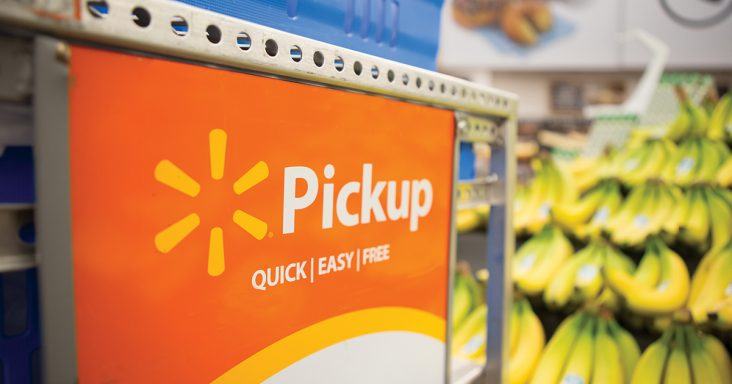Retail challenges to continue, wider gap emerging between winners and losers
by February 26, 2020 3:40 pm 1,724 views

The retail apocalypse in 2019 saw more than 9,300 store closures, nearly double that in 2018. But analysts interviewed by Talk Business & Politics expect closures to moderate in 2020.
Deborah Weinswig, CEO of CoreSight Research, said the reshaping of U.S. physical retail is not complete. She expects more sales to move online but said the retail sector should see a steady, ongoing configuration of physical space in 2020 and beyond.
Scott Benedict, director at the center for retailing studies at Texas A&M University, said one of his predictions for 2020 will be a “bottoming out” of closures. He said not all of the weaker retailers have closed, but he does expect closures to moderate while new store openings in the U.S. will continue to grow at a more rapid pace. Benedict also expects buy-online-pick-up-in-stores (BOPIS) to become a greater contributor to comp sales and a catalyst to separate the strong from the weak among brick and mortar retailers.
“Walmart, Kroger and H-E-B have each made big investments in BOPIS and are enjoying customer engagement. This makes the most sense for grocery and consumables and those categories that have more frequent repeat purchases,” he said.
Weinswig said more than one-third of U.S. consumers now buy groceries online. She said this has increased from 23% a year ago. She said 70% of those online shoppers buy only a small portion of their groceries online which means stores will continue to have relevance for the foreseeable future.
Walmart continues to invest heavily in online grocery pickup now available in more than 3,000 stores, with 1,000 more planned for 2020.
“Where our competitors offer it, we offer it just better,” said Tom Ward, Walmart’s senior vice president of digital operations. “We aren’t marking the prices up, we aren’t charging fees, it’s fully transparent and it’s in more locations than ever before.”
The average order on Walmart grocery in 2019 was $124.86, well ahead of the $49.70 in stores. Ward said customers who shop online spend more and they also shop in stores as one method does not come at the expense of the other.
Online grocery pickup is a trend to watch in 2020. Cowen & Company projects it will reach $35 billion in sales as grocers add more pickup lockers and smaller chains play catch up. Benedict said there are many non-grocery retailers like Academy Sports that also need to invest in BOPIS. He said for convenience retailers, delivery makes the most sense.
“There is no one size fits all, but those retailers who are winning are investing and learning what works and what needs more work,” he said.
Benedict was also surprised to see the number of online-only stores seeking out brick and mortar locations in 2019. He said the Neighborhood Goods retail concept in Plano, Texas, is an example he expects to see replicated in the coming years. This upscale retail space allows 55 digital brands to rent space in a large retail center at Legacy West in Plano. The brands showcase a few items in their pop-up space for a period of 3 to 6 months. Some of the brands at the Plano location include Dollar Shave Club, Cuyana Leather, The Tot children’s wear and Stadium Goods footwear and apparel.
Jason Long, CEO of Shift Marketing in St. Louis, said one of the biggest surprises he saw in 2019 was some of the large retailers starting to close the gap with Amazon.
“Walmart and Target have been investing in recent years to try and catch up to Amazon. It finally looks to have paid off in 2019 with these two mass retailers taking a bit of share from Amazon,” Long said. “Amazon’s intense focus on more physical stores and on handling more of its own transportation and delivery has dulled the luster a bit. We’ll have to see how successful those efforts will be.”
Long expects a wider gap between the winners and losers in 2020. He said the rich will get richer with Walmart, Target, Costco and Amazon taking the biggest share. He said off-price retailers like T.J. Maxx, and Nordstrom Rack are also in a solid place. He also likes the home improvement sector and said the beauty sector is also likely to remain hot in 2020. He said apparel retailers and department stores will remain challenged.
Weinswig said Amazon became the most-shopped apparel retailer in the U.S. in 2019. She said this will continue to present challenges for apparel retailers not able to differentiate their offerings.
“Measured by the number of shoppers who bought from the retailer in the past year, Amazon Fashion is now the most-shopped apparel retailer in the U.S., up from second place in 2018 and overtaking Walmart. Our survey confirmed Prime members drive high overall rates of Amazon apparel shopping,” Weinswig noted.
Editor’s note: This article first appeared in Talk Business & Politics annual State of the State magazine.
